Blog •
Posted on Apr 25, 2023
How to Only Get Projects You Love to Do
About the author
Reedsy's editorial team is a diverse group of industry experts devoted to helping authors write and publish beautiful books.
More about the Reedsy Editorial Team →Linnea Gradin
The editor-in-chief of the Reedsy Freelancer blog, Linnea is a writer and marketer with a degree from the University of Cambridge. Her focus is to provide aspiring editors and book designers with the resources to further their careers.
View profile →
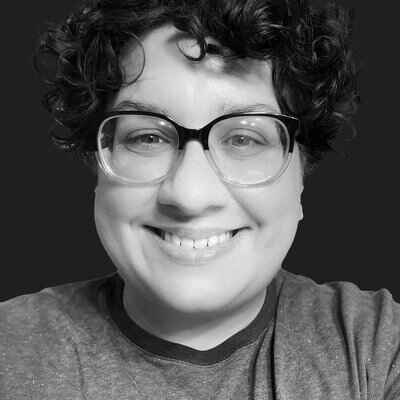
Colleen Sheehan is a professional, freelancing book designer and illustrator who specializes in books written by entrepreneurs, crime authors, and history specialists. So far, she has helped bring some 700 projects to life, focusing on marketability and full-packaging design — from print to ebook covers to interiors.
“Man… I do not want to work on this project at all.”
I’ve been a freelancer for almost nine years now, and I think it’s fair to assume we’ve all been there: getting requests for projects you’d prefer not to do and feeling obligated to accept them because you love paying your bills on time and putting food on the table.
It happens all the time, and at first it’s exciting that people are willing to pay you to create for them. But you soon realize that, amongst the requests you’re getting, you have a preference for what sort of projects you like to work on, and which ones you don’t. Unfortunately, you still get a mixed bag, and if you’re not careful, you can get stuck in an endless loop of accepting projects just because they come your way.
That might be a good way to start your freelancing side-gig, but it’s no way to build a sustainable career. In fact, if you want to build this thing into a long-term, primary income, you’re going to have to admit that not every project excites you, and clarify to yourself what does.
I worked for two years to achieve this sort of clarity in order to refine my work load to the kind of projects I love to do, and turn away the ones I didn’t (without having to spend time personally explaining or justifying it to people).
Here are a few tips on how I did it, and how you can do it too.
1. Build the foundation
The first thing I did when trying to reduce the amount of requests I was getting that didn’t excite me was to determine who my ideal target audience would be. This is all background work, but it’s incredibly important since it serves as the foundation for your future career path.
In my case, my ideal audience is very specific, and on Reedsy, the more specific the better. I want to work with entrepreneurs, crime authors, and historical projects. This aligns very specifically with my own personal interests, and I have lots of experience working in these design spaces.
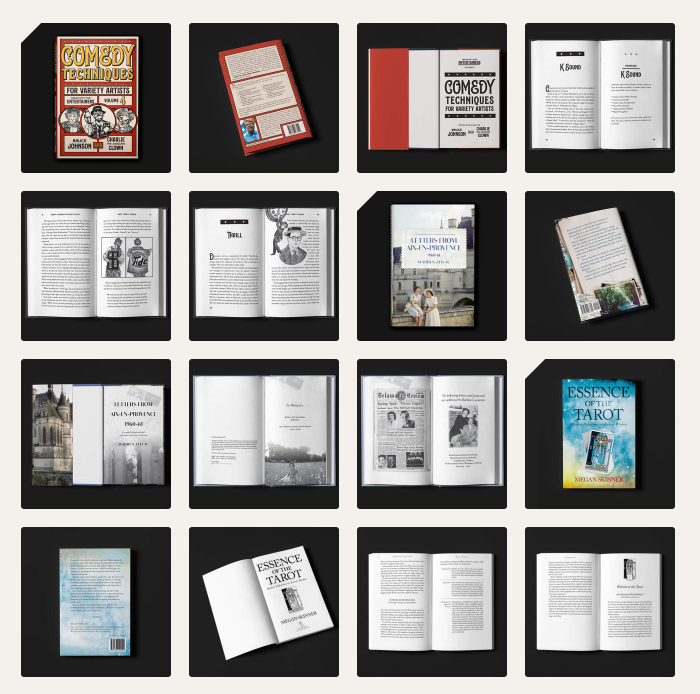
Specify your preferences
Then, once you’ve determined who you want to work with and on what type of topics, you need to let potential clients know. Reedsy is great for this, because you can use your profile to communicate your preferences to the author before they even reach out to you. So be specific and “star” the top two genres you want to work with. If you don’t get as many requests as you’d like from that, you can try assigning a third preference, but don’t switch them too often: leave each starred speciality for a couple of months and then switch around if you want to try a new mix.
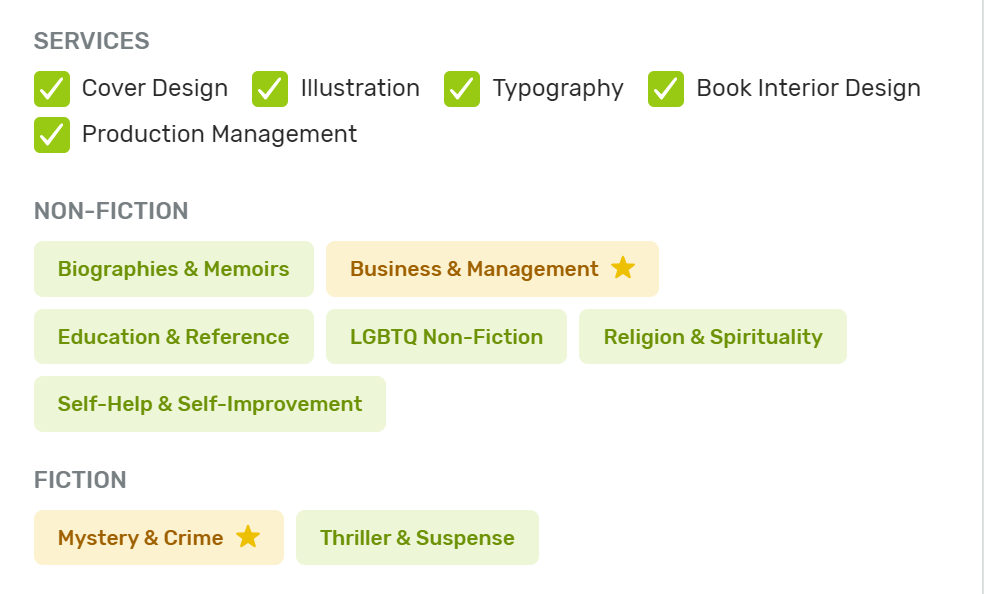
🔦 For more insights into how you can optimize your Reedsy profile for discovery on the marketplace, check out this information-packed webinar.
And don’t be afraid to boost your profile to get it in front of new faces. Sometimes you just need a little pick-me-up.
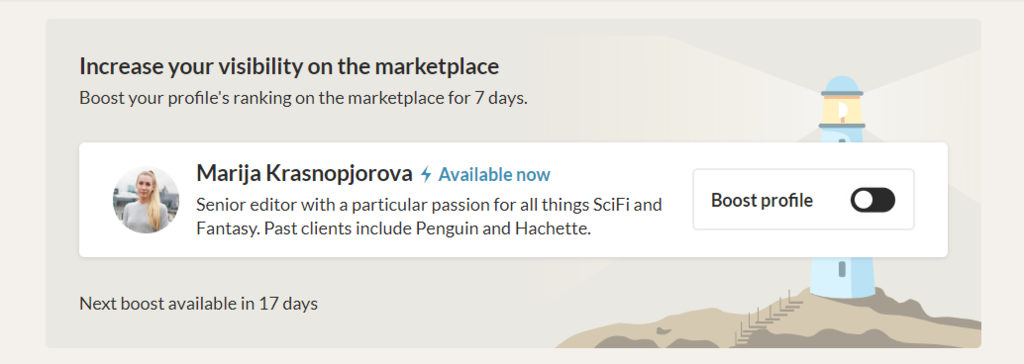
🚀 Using Reedsy’s Boost feature allows you to highlight your profile and appear earlier in searches on the marketplace for 7 days every 35 days. You can read more about how it works here.
Now that you have your background set up, it’s time to tell your ideal clients that your skillset makes you the best option for them.
2. See what authors see
Have you ever looked at your profile from an author’s perspective? If not, stop reading this and go do that. You need to explore Reedsy and the marketplace the way an author does to see what their journey on the site looks like — from the first time they search for a service to when they see your profile preview, to when they, hopefully, click through to your full profile. This will help you understand how to best appeal to the clients you want to work with.
A friendly and approachable profile picture goes a long way, but there are other aspects of your profile that you can hack, too.
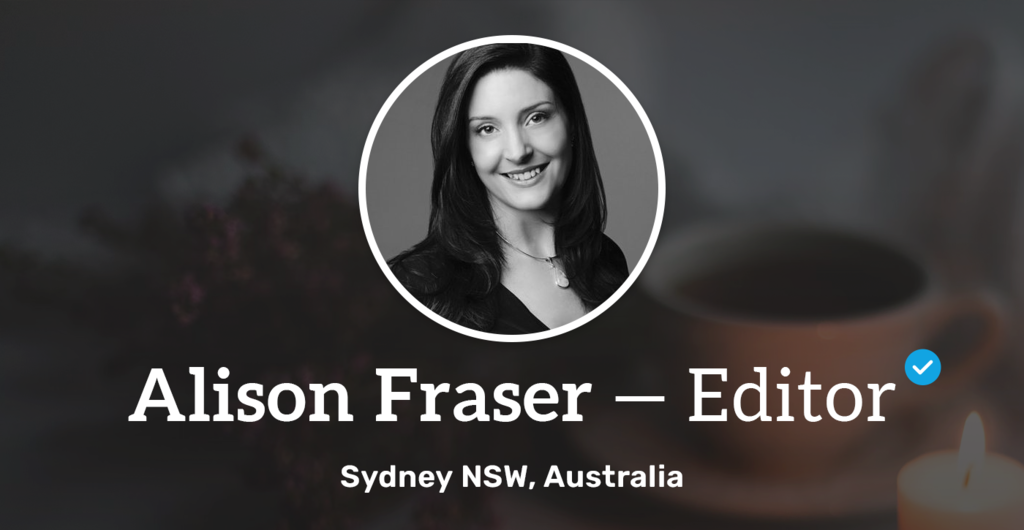
Tagline
I use my tagline — or “short description” — to say exactly who I want to work with (entrepreneurs, crime authors, and history specialists) and what I specialize in (full book packaging with a heavy focus on marketability).
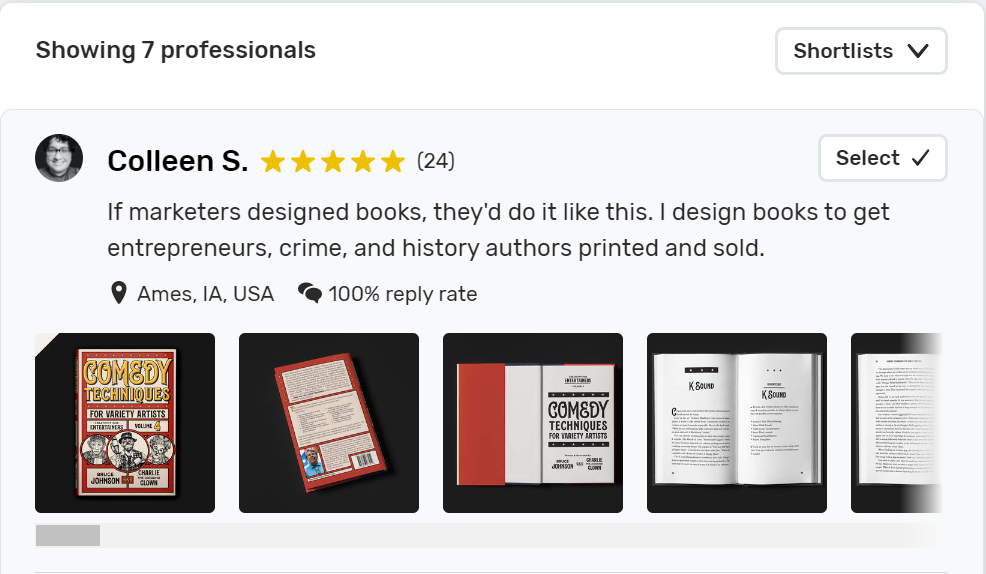
The tagline is not a place to be vague or clever (unless you have a lot of faith in your copywriting skills). Instead, focus on telling people who you work for and what you’ll do for them.
Of course, it won’t benefit you to say you offer something when you don’t, so look at your past reviews and see what the positive ones say they loved about working with you. Try to determine what makes working with you unique and use it. Drop it right into that tagline, and don’t be shy about telling people why working with you is better than working with anybody else.
For me it’s my attention to detail, knowledge of the industry, and winning personality (LOL).
Portfolio examples
After the tagline, the next thing they see in your profile preview is your first portfolio examples. These need to feed directly into your tagline. Don’t say you work on fitness, medical books, and education and then show off romance and horror examples. You’re going to put authors off just from the dissonance.
My portfolio includes an entrepreneur’s book and a historical book, for instance, because this is what I said I like to work on. It’s simple, but it helps guide authors through the journey and contributes to sorting who does and doesn’t want the services that I’m offering.
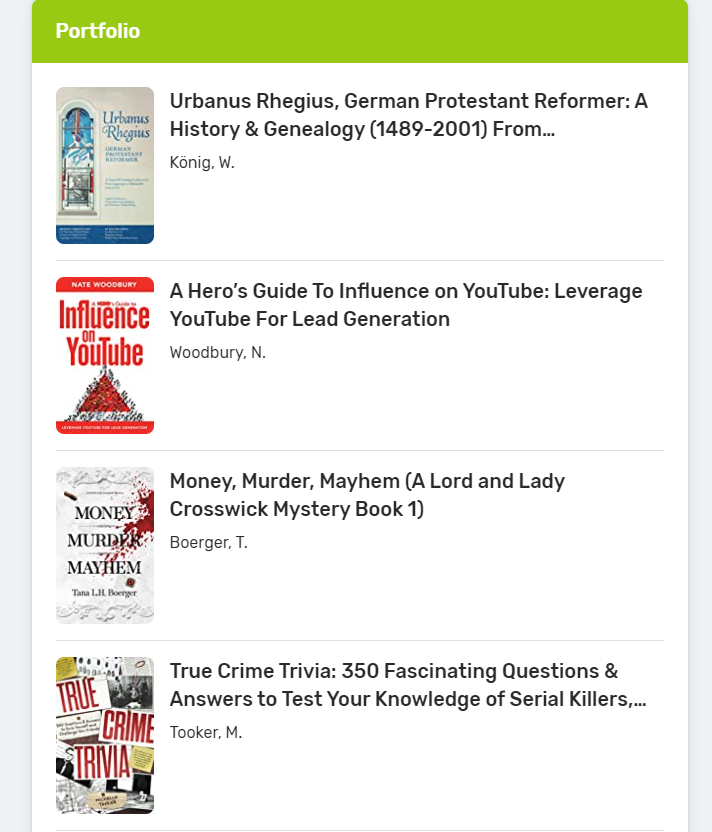
OK, so your tagline and portfolio are on point and the author is intrigued enough to click through to your full profile. What’s next?
3. Make it about the client
The next thing that clients see once they click through to your profile is your service provider bio, or what Reedsy calls the “overview”. I personally always found this challenging to write. I don’t like to talk about myself — it always made the writing awkward and sounded incredibly arrogant.
The good news is that this is not actually about you. This is about your clients. What can you do for them? What have you done for other people like them in the past? What can they expect to receive if they hire you? Once you turn the focus away from yourself in this way, it gets a bit easier to write.
I like to restate my tagline as the first line in my bio to reinforce who I want to work with, in case someone somehow missed it. Then I move into why I’m uniquely qualified to help them, other clients who are well-known in that particular industry niche that I’ve worked with, accomplishments, and anything else that builds trust. That is, anything that your specific authors value in their service providers.
Colleen's overview:
My name is Colleen, and I’m a book designer who specializes in books by entrepreneurs, crime authors, and history specialists. I've helped 270+ publishers bring over 690 titles from word processor documents to press and sell more books. I'm ready to help you, too!
The best book designs start where I do: market and user research. Don’t settle for designers who make pretty pictures. Let’s create a design and publishing strategy so you can publish with confidence.
I've worked with a diverse group of clients, from traditional publishers like Arizona-Sonora Desert Museum Press, to USA Today best-selling independent authors, to publishing consultants who need a reliable, quality book designer for their clients. My business was built on referrals from other excellent professionals.
Your overview can also tell your future clients what the process of working with you looks like from inquiry to deliverables. What can they expect when they send in an inquiry? What happens when you start a job? It never hurts to give an overview of your process to set up expectations early, while still telling the potential clients why this benefits them.
I also let authors know what I don’t do. For instance, I don’t want to take cover or interior-only work, and letting authors know that right from the start saves me pressing a button for bad inquiries or manually turning requests down. These days, 85-90% of the requests I receive are relevant, of which I accept around 20%.
4. Don’t get sloppy anywhere else
The contents of the rest of your profile — your work experience, full portfolio, gallery, and testimonials — speak for themselves. Use these spaces to highlight what you want to highlight to convince your intended audience, and minimize or ignore what you don’t. If it doesn’t help you whittle down your potential pool of people and excite your perfect clients, then don’t include it. It’s easy to overthink it, but it really is as simple as that.
Getting the right people to submit a brief is more than half the battle. Once you’ve made sure you’re specific about what you want and don’t want, and you’ve convinced the right people to submit a request, your chances of actually landing the job go way up.
5. Reinforce your profile in the offer
The rest of the process should follow the exact themes you’ve already outlined in the rest of your profile, and your first message to a potential client should reinforce this presentation.
Templated responses
My advice is to write up a templated response that you can send to first inquiries the same day you write your overview so that you have your phrasing fresh in mind and can show up consistently with your words. I like to use the same pacing and straightforward, pleasant style I use in my bio, but whatever your style is, the key is to not drop it for something different at this stage. You’ll create a dissonance again and clients might bail.

FREE RESOURCE
Offer Letter Checklist + Template
Follow our tips to successfully sell clients on your services while setting clear expectations.
Detail your specialties and process
Likewise, your offer should reinforce your specialties and go into more detail about how you’ll help them achieve what you promised in your overview.
I like to break my process down into phases and tell potential clients exactly what the 5-week process of working with me will look like, from beginning to end. No vagueness. No open-ended possibilities.
This is going to require you to sit down and really analyze your process. If you’re not clear about it, how can you expect to communicate a clear and confident message to your clients? It might take a little extra time, but that effort to set yourself up is going to save you hours in each project down the line, not to mention minimizing scope creep and other expensive issues.
Offer a clear direction
Clients have a lot of choices. They want direction. They want you to tell them what they need. You can afford to be repetitive: clients live full lives away from their computers and they’re not going to remember you repeating yourself in different ways or scold you about it. And if they don’t need you — if it’s not a good fit — you should also tell them that, instead of wasting both of your time. The more clear you can be throughout the whole process, the better for both of you.
✍️ Learn more about how to draft an effective offer letter in this webinar.
Ultimately, in my opinion, the best thing you can do to get more clients is to be even more selective about who you choose to accept or reject. Once I started using these tactics and methods, I increased my income by $20,000 to $25,000 per year. Not bad for a raise.

JOIN REEDSY
Find exciting new projects
We connect publishing professionals with our community of 1,500,000 authors.
Some people act like you need magic to do well as a freelancer, but in reality you just need clarity with yourself and with your clients — and the patience to let it build steam. Think of your profile as a journey, where each part needs to build on and lead to the other to guide the author in the best way possible.
A full time freelancing career may not happen tomorrow, but you’ll see big changes over the course of a few months to a year if you stay clear, consistent, and stubbornly persistent.
Good luck!

